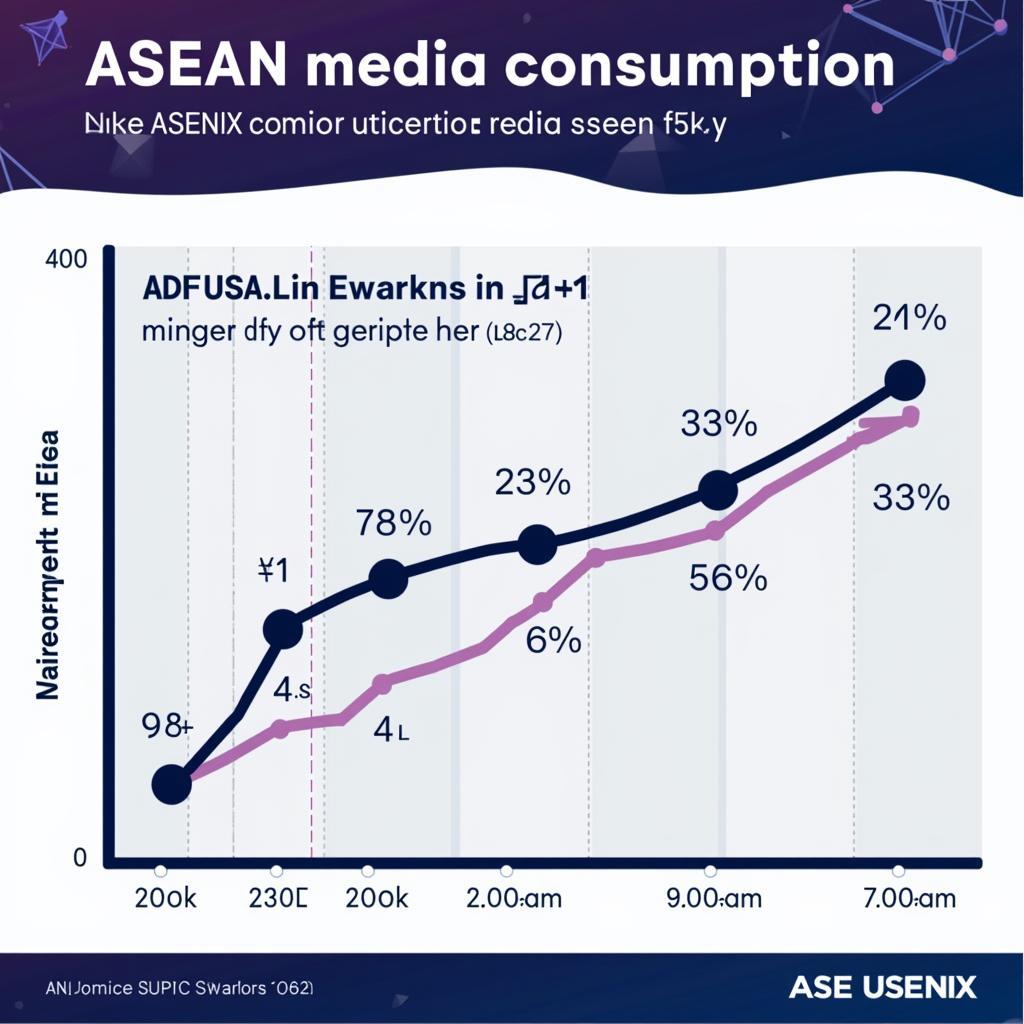Southeast Asia finds itself at a crossroads. While economic progress thrives, a demographic shift is underway – the rise of the aging population. With a rapidly growing number of people aged 65 and above, ASEAN nations are facing unprecedented challenges and opportunities as they navigate the complexities of this “Silver Tsunami.”
Understanding the Shifting Demographics
The aging population is not merely a statistic; it represents a fundamental change in the social fabric of ASEAN nations. Factors like improved healthcare, declining fertility rates, and increased life expectancy contribute to this demographic transition. While a testament to societal advancements, this shift presents unique challenges for governments and policymakers across the region.
The Economic Implications: Challenges and Opportunities
The aging population in ASEAN presents a double-edged sword for the region’s economic landscape. On the one hand, a shrinking workforce and increased healthcare expenditures could strain national budgets. On the other hand, this demographic shift also unlocks a new segment of mature consumers with significant spending power and experience.
One of the primary concerns is the potential strain on healthcare systems. As the elderly population grows, the demand for healthcare services will inevitably rise, putting pressure on existing infrastructure and resources. Moreover, the increasing prevalence of chronic diseases among the elderly poses a significant challenge in terms of healthcare costs and workforce demands.
However, amidst these challenges lie promising opportunities. The “silver economy” is emerging as a potent force, with businesses catering to the unique needs and preferences of older adults. From healthcare and leisure to specialized financial products, the market potential for goods and services targeting this demographic is enormous.
Social Transformation and the Role of Policy
The aging population is not solely an economic concern; it also has profound implications for ASEAN societies. Traditional family structures, where younger generations care for their elders, are being challenged by urbanization and changing lifestyles. This necessitates innovative solutions for elderly care, including accessible healthcare, social support networks, and age-friendly urban planning.
Governments across ASEAN are beginning to recognize the urgency of addressing the challenges and harnessing the opportunities presented by the aging population. Policies focusing on active aging, promoting healthy lifestyles, and fostering intergenerational solidarity are crucial for ensuring the well-being of senior citizens while leveraging their experience and wisdom.
ASEAN’s Silver Lining: Embracing the Future
The aging population in ASEAN is a multifaceted issue with far-reaching implications. Addressing the challenges and capitalizing on the opportunities presented by this demographic shift requires a comprehensive approach involving governments, businesses, and individuals alike. By investing in healthcare infrastructure, fostering a thriving “silver economy,” and promoting social inclusion, ASEAN can navigate the “Silver Tsunami” and create a future where its aging population thrives.
FAQs
1. What is the main reason for the aging population in ASEAN?
A combination of factors, including improved healthcare, declining fertility rates, and increased life expectancy, contribute to the rising number of older adults in the region.
2. How can ASEAN countries address the economic challenges of an aging population?
Promoting active aging, encouraging older adults to remain in the workforce, and fostering innovation in industries catering to the needs of seniors are crucial steps.
3. What role can technology play in supporting the aging population?
From telehealth solutions to smart home devices that enhance safety and independence, technology can play a significant role in improving the quality of life for older adults.
4. How can ASEAN promote intergenerational solidarity in the face of demographic changes?
Creating opportunities for interaction between generations, such as intergenerational learning programs and community initiatives, can help foster understanding and respect.
5. What are some examples of successful aging initiatives in ASEAN?
Singapore’s “Pioneer Generation Package,” which provides healthcare and social support to seniors, and Thailand’s “Village for the Elderly” project, which promotes community living for older adults, are notable examples.
Seeking More Information?
Explore more insights on the ASEAN region:
Need further assistance? Contact us:
Phone: 0369020373
Email: [email protected]
Address: Thon Ngoc Lien, Hiep Hoa, Bac Giang, Vietnam
Our dedicated team is available 24/7 to assist you.


